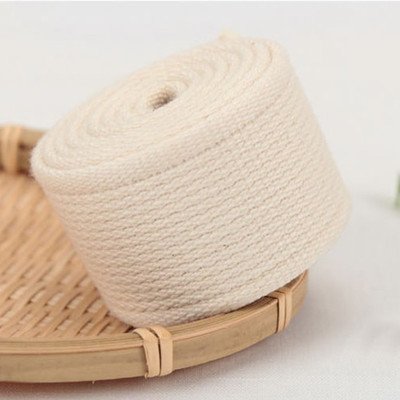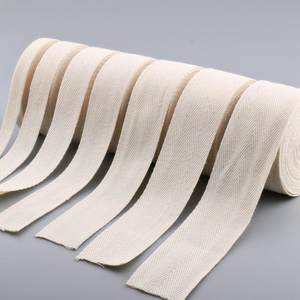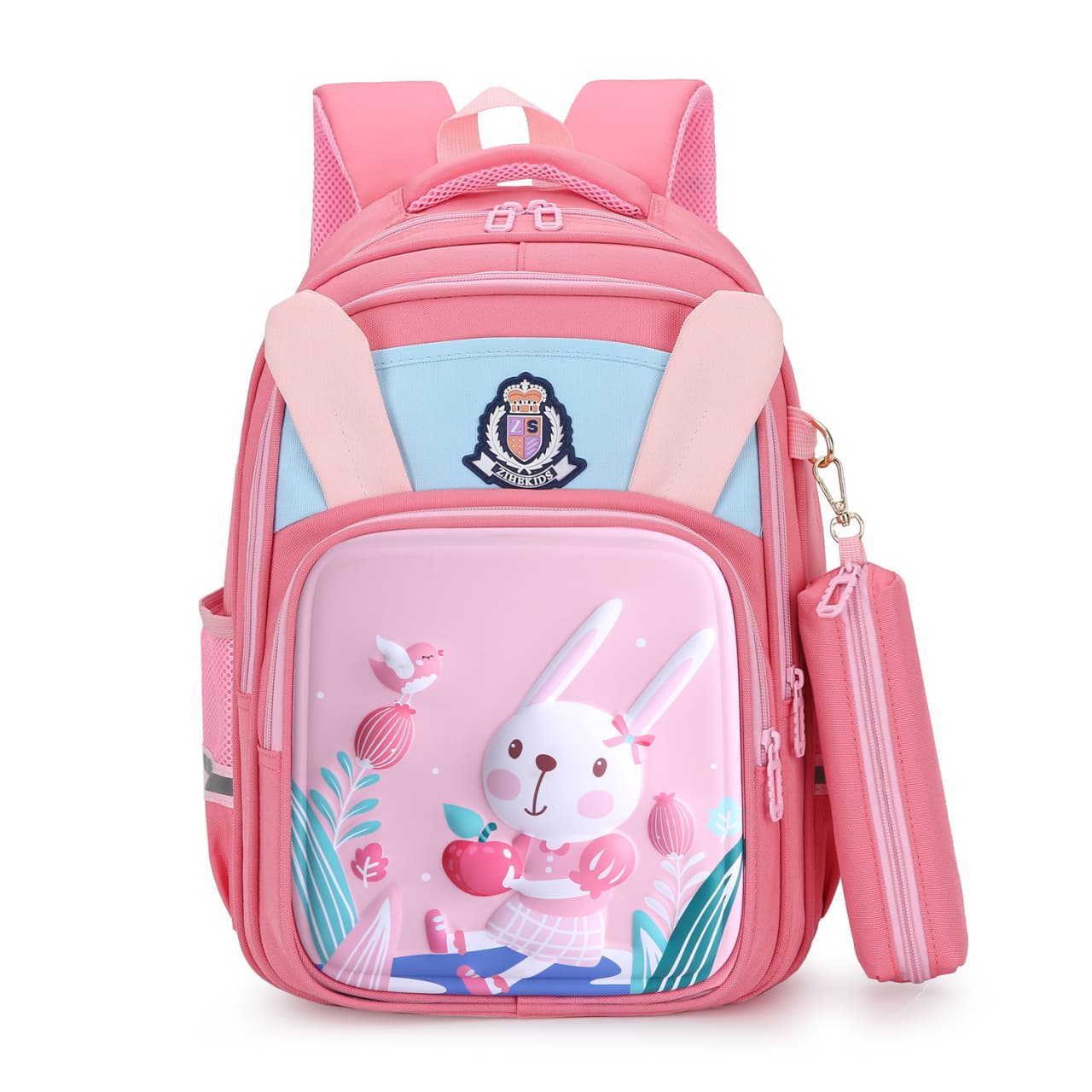Cotton Webbing: An Introduction to Backpack Webbing
2022-05-31 14:38:38
hebei leimande
Cotton Webbing: An Introduction to Backpack Webbing
Cotton webbing is formed of cotton silk material weaved by a webbing machine, and it has several categories depending on the raw ingredients used to manufacture it.
Let's have a look at the benefits of cotton webbing.

I. Resistance to Heat
The heat resistance of cotton webbing is good; temperatures below 110 °C cause only water evaporation on the webbing and do not harm the fiber, thus cotton webbing at room temperature, use, washing, printing, and dyeing are unaffected, implying that cotton webbing is washable and durable.
II. Resistance to Alkali
Cotton webbing is more resistant to alkali, and when it is immersed in an alkali solution, it does not degrade. Its performance is favorable for the use of pollution after washing, disinfection in addition to impurities, and it can also be used for dyeing, printing, and other processes to create new varieties of webbing.
III. Absorption of Moisture
Cotton webbing has good moisture absorption; under normal conditions, it can absorb moisture from the environment, and its moisture content is 8-10%, so when it comes into contact with human flesh, it feels soft and not stiff. If the webbing's humidity rises and the surrounding temperature rises, the water stored in the webbing will evaporate and dissipate, keeping the webbing in a water-balanced state and making people feel comfortable.
IV. The Moisturizing Qualities
Because cotton webbing is a poor conductor of heat and electricity, the coefficient of heat transfer is very low, and because cotton webbing has porous, high elasticity advantages, the webbing can accumulate a lot of air between the air and is a poor conductor of heat and electricity, the webbing can accumulate a lot of air between the air and is a poor conductor of heat and electricity, cotton webbing has good moisturizing, making people feel warm.
V. Protection of the Environment
Cotton webbing is a natural fiber with cellulose as its principal component, as well as a tiny quantity of waxy and nitrogenous compounds, and pectin. Cotton ribbon performs well in the environment due to numerous characteristics of testing and practice, including ribbon and skin contact without stimulation, no negative effects, human safety, and good environmental performance.











